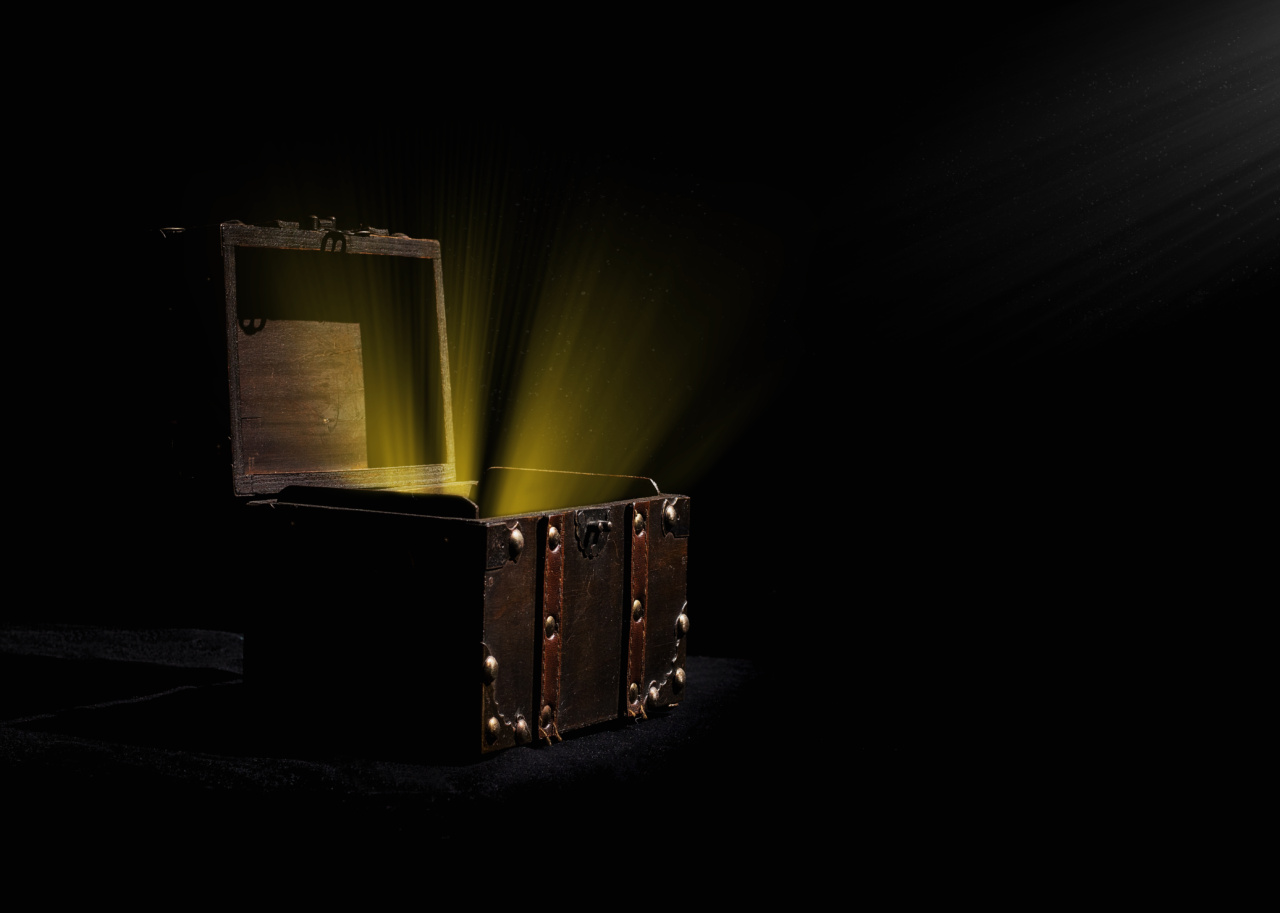When it comes to evaluating the various types of bumps that can occur on the chest, it is essential to understand their different sources.
Chest bumps can have numerous causes, ranging from benign skin conditions to more serious underlying medical issues. In this article, we will discuss some of the common sources of chest bumps and provide insights into their nature and treatment.
Acne
Acne is a prevalent skin condition characterized by the formation of pimples, blackheads, and whiteheads due to clogged hair follicles. It commonly affects the face, but it can also occur on the chest and other parts of the body.
Hormonal changes, excess oil production, and bacteria are some of the factors contributing to acne development. Proper skincare, avoiding irritants, and using topical treatments can alleviate acne symptoms.
Folliculitis
Folliculitis refers to the inflammation of hair follicles, which can lead to the formation of small red bumps on the chest. It is commonly caused by bacterial or fungal infections, friction, or shaving.
Poor hygiene, excessive sweating, and tight clothing can exacerbate folliculitis. Treatment usually involves keeping the affected area clean, applying antibacterial or antifungal creams, and avoiding activities that irritate the skin.
Hives
Hives, also known as urticaria, are itchy welts that often appear as red bumps on the skin, including the chest. They can result from allergic reactions to various substances such as certain foods, medications, insect bites, or environmental factors.
Hives typically resolve on their own within a few days, but antihistamines can provide relief from itching and discomfort.
Allergic Contact Dermatitis
Allergic contact dermatitis occurs when the skin comes into direct contact with an allergen, leading to an allergic reaction. Common allergens include certain metals (like nickel), fabrics, cosmetics, or fragrances.
The reaction usually manifests as a rash with red bumps, itching, and sometimes blisters. Avoiding the allergen and using topical corticosteroids or antihistamines can alleviate symptoms.
Sebaceous Cysts
Sebaceous cysts are noncancerous growths that develop beneath the skin. They usually appear as round, movable bumps filled with a yellowish fluid called sebum.
Sebaceous cysts form when the sebaceous glands become blocked or damaged, resulting in the accumulation of sebum. In most cases, sebaceous cysts are harmless and painless, but they can be surgically removed if necessary.
Boils
Boils are painful, pus-filled lumps caused by a bacterial infection in the hair follicles or oil glands. They often start as small, red bumps that gradually grow in size and become more tender. Boils can occur anywhere on the body, including the chest.
Applying warm compresses and maintaining good hygiene can help boils to drain naturally. Sometimes, medical intervention such as incision and drainage or antibiotics may be required.
Lipomas
Lipomas are benign tumors composed of fatty tissue that can develop anywhere in the body, including the chest. They are usually slow-growing, painless, and soft to the touch.
Lipomas are not usually a cause for concern but can be removed if they become bothersome or affect a person’s appearance. Medical advice should be sought to confirm the diagnosis and determine the best course of action.
Shingles
Shingles is a viral infection caused by the varicella-zoster virus, the same virus that causes chickenpox. It typically manifests as a painful rash with fluid-filled blisters that follow the path of a nerve.
While shingles commonly affects the torso, including the chest, it can also occur on the face and other parts of the body. Antiviral medications can help shorten the duration of the infection and alleviate symptoms.
Granuloma Annulare
Granuloma annulare is a chronic skin condition characterized by the formation of raised, reddish or skin-colored bumps that often form a ring shape.
The exact cause of this condition is unknown, although it is suspected to be related to an autoimmune response or a reaction to certain medications. Granuloma annulare usually resolves on its own over time, but topical steroids may be prescribed to relieve symptoms in severe cases.
Skin Cancer
While not as common as other causes, chest bumps can sometimes represent skin cancer. Skin cancer can manifest as various types, including basal cell carcinoma, squamous cell carcinoma, and melanoma.
Suspicious moles, lesions, or bumps that change in size, color, or shape should be evaluated by a dermatologist. Early detection and treatment of skin cancer greatly increase the chances of successful outcomes.
























